HubSpot recently launched its new and improved Service Hub. For the first time, HubSpot Service Hub can compete with other well-known service software solutions and align with the needs of busy customer service teams.
In this blog post, we take a closer look at HubSpot Service Hub and how it can help service teams deliver a better customer experience that exceeds expectations.
Delivering exceptional customer service matters more than ever
Customer service drives business growth by helping to retain customers and extract more value from them. Research has shown that a 5% increase in customer retention can increase profits by 25%, as happy customers are likely to spend more with your brand - up to 300% more. But delivering outstanding customer support isn't easy.
According to the HubSpot State of Service report, 90% of leaders reported that customer expectations are at an all-time high, but most don't have the resources to deliver on these expectations.
And that's where Service Hub comes in.
What is HubSpot Service Hub?
HubSpot Service Hub is customer service software that connects to HubSpot's full CRM platform. It helps businesses deliver better customer support and improve the overall customer experience.
Built from the ground up, Service Hub is easy to use and connected to HubSpot's full CRM platform, using a single source of data to give your business a unified view of each and every customer interaction.
There are three core components to HubSpot's support solution:
- Helpdesk
- Omnichannel service
- Service automation
Let's look at them one by one and what's new in each component.
Help desk
The help desk enables customer service teams to work with more efficiency and drive customer value. It combines tickets and a shared inbox, allowing teams to record, organise, and track all customer requests in one dashboard.
A key feature of HubSpot's Helpdesk is the knowledge base. This helps customers self-serve by providing access to a search optimised knowledge base of articles, videos, and documentation that answer common support questions. This helps reduce support requests for common issues and doubles up as a useful reference guide that the service team can use. Connected to HubSpot's CRM, teams have the added bonus of being able to see which documentation customers have received and use in-built reports to understand how the knowledge base is being used.
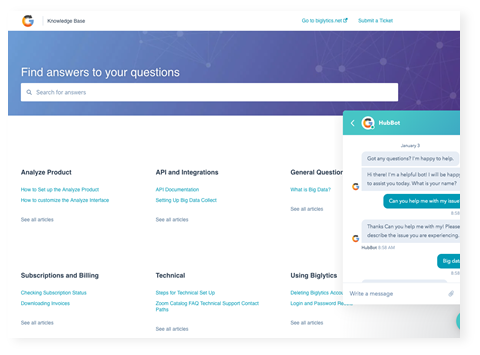
So what's new?
1. Custom views
Custom views allow managers to organise and prioritise work in the shared inbox. They can also create and prioritise streams based on tickets and conversations, making it easier for service agents to focus on specific issues and gain an overview of tickets in the backlog.
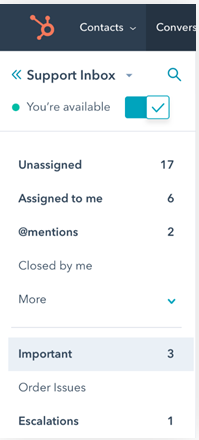
2. Mobile inbox
Fully integrated with the mobile CRM, the mobile inbox makes it simple for teams to collaborate on the go. Agents can respond to customers, update ticket information, and access documents, images, or knowledge content, in one easy-to-use app.
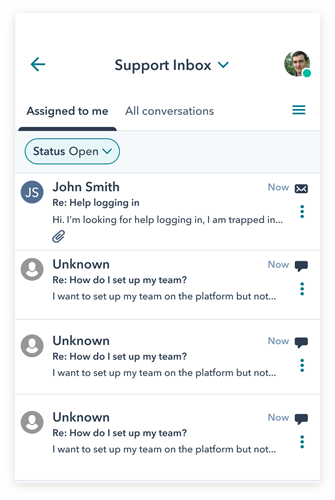
3. Customer portal
Perhaps one of the most exciting updates to Service Hub is customer portals. These provide a home base for customers, where they can manage their own support tickets, and engage with service agents. All connected to the shared inbox, service teams can manage tickets in one place, while providing a personalised experience for individual customers.
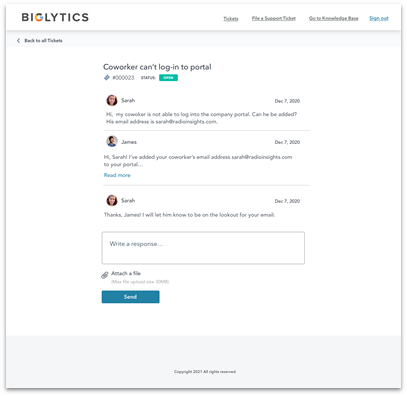
Delivering an omnichannel service
Businesses have to meet the needs of their customers, when and where they want it. This means delivering an omnichannel experience and providing a superior service, no matter how your customer contacts your team.
Even before the most recent update, Service Hub helped businesses deliver an omnichannel experience for customers. It supports live chat, allowing teams to speak to customers in real-time, as well as chatbots to help teams quickly answer common customer support questions and scale one-to-one communications. It also offers a Facebook messenger integration that enabled agents to manage conversations on Facebook via the shared inbox.
What's new?
1. Channel switching
Channel switching makes it easier for businesses to provide an omnichannel service by allowing agents to switch from Facebook messenger to chat to email, all on one single thread. This preserves the conversation history for both the company and the customer, helping the service teams to provide consistent support and meet the customer where they are.
2. Post-chat feedback
Collecting feedback is vital to understanding the customer experience. With post-chat feedback, support teams can collect customer satisfaction feedback on live chat conversations, directly from within the chat. Based on feedback, automated emails or internal notifications can be triggered to prompt agents to follow up, if needed.
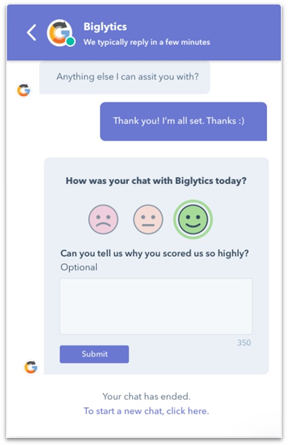
3. Inbound calling
Users have been able to call out through HubSpot for a while, but it was difficult to log inbound customer conversions, usually requiring a complex integration or a third-party application. With Inbound calling, teams can receive incoming calls from customers and log the entire conversion directly through HubSpot.
Service automation
As Service Hub is fully integration with HubSpot's CRM platform, it's easy for teams to implement flexible automation and reporting. This reduces the time agents spend on help desk management and manual data entry, giving them more time to focus on customer support. Using Service Hub, businesses can automate many of their manual processes, including supporting automated ticket routing, escalation, and ticket creation.
What's new?
1. Service Level Agreements (SLAs)
SLAs allow businesses to set working hours, build in automation, and report on attainment. SLAs can be used to establish 'time to first response' and 'time to close', and give customers a timeline that indicates when their issue will be resolved. For service teams, SLAs make it easier to prioritise issues, providing real-time indicators which show how much time is left on a ticket. Automated reminders can be sent when tickets are about to breach their SLA, prompting agents to take immediate action.
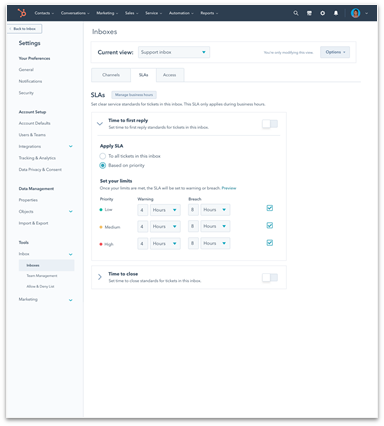
2. Service analytics
Service Hub provides out-of-the-box reports that customer service managers can use to understand how efficiently the team are resolving customer issues. With built-in analytics reports, it's easy to report on key KPIs, including average time to close, response time, and ticket volume.
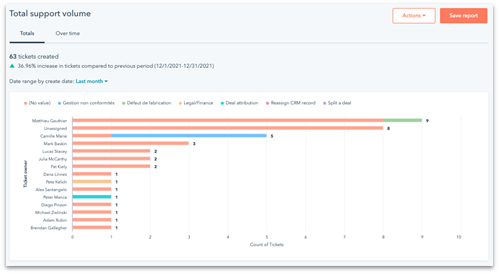
3. Custom surveys
Service Hub previously provided prebuilt feedback surveys to track key customer service KPIs, such as NPS and customer satisfaction. Now you can build custom surveys to fit the needs of your business, with a diverse array of question types and customisable templates available. The addition of in-built dashboards makes it easy for service team leaders to monitor customer feedback, and take immediate action based on customer insights.
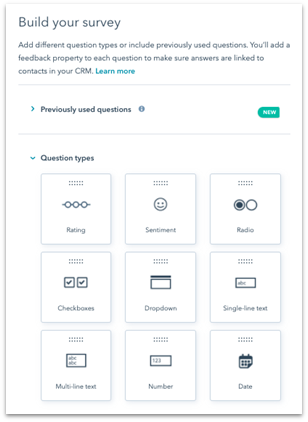
Service Hub helps teams exceed customer expectations
When it comes to meeting customer expectations, Service Hub can help businesses meet increasing demands from customers. It allows service teams to engage with customers wherever they are, empowers customers to help themselves, and provides real-time customer feedback to improve performance. Connected across HubSpot's CRM platform, Service Hub makes automating internal processes easy, reducing the time spent on manual processes and allowing teams to focus on what they do best - delighting your customers.
As a HubSpot Partner Agency, we believe the HubSpot CRM suite, with the CMS, CRM and Sales, Marketing, and Service Hubs, provides an excellent platform upon which businesses can build a frictionless customer experience, and grow their business.




